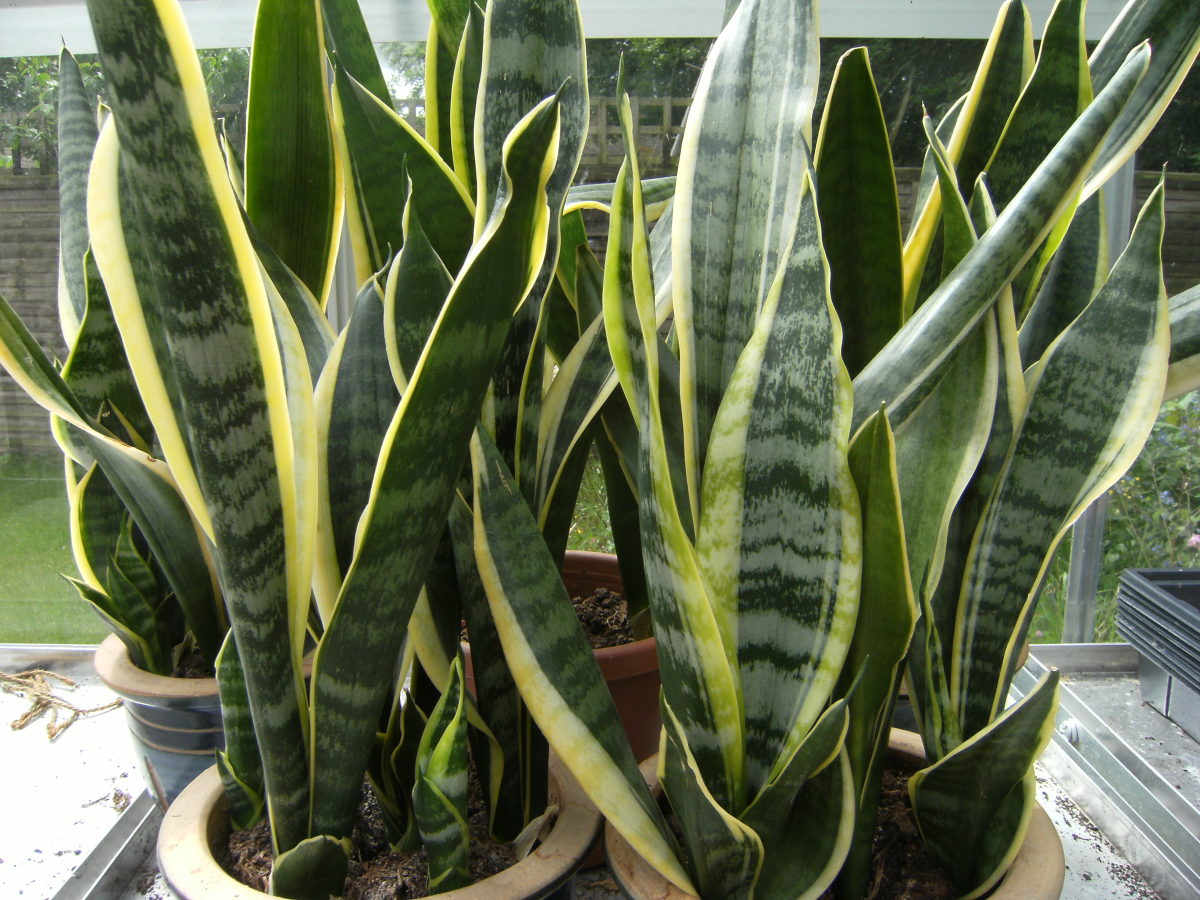The snake plant and mother-in-law’s tongue are two common names used interchangeably for the same popular houseplant But why does this resilient plant have two such wildly different monikers? And is there actually any difference between a “snake plant” and a “mother-in-law’s tongue”?
In this article, we’ll explore the origins of these names, any variations in how they are used, and whether one is more scientifically accurate than the other when referring to this classic hardy succulent
The Same Plant by Two Names
Botanically speaking, there is no distinction between a snake plant and a mother-in-law’s tongue plant. Both are common names for the species Sansevieria trifasciata.
This species belongs to the Sansevieria genus which contains around 70 different varieties of hardy succulents. S. trifasciata is the most common and well-known variety grown as a houseplant.
No matter what you choose to call it, this popular indoor plant is characterized by its upright, stiff leaves that emerge from the soil in a rosette pattern. The leaves are typically a deep green color with light gray-green horizontal banding.
So if you come across a “snake plant” and a “mother-in-law’s tongue” at a nursery, rest assured they are the same plant! The only difference may be in the specific cultivar.
Why Does This Plant Have Two Common Names?
The use of two distinct common names for this houseplant species stems from some key historical factors:
-
Sansevieria Genus Name – The genus was named in honor of Raimondo di Sangro, an Italian nobleman and inventor in the 1700s. His name in Latin was Sanseverinus, later shortened to Sansevieria.
-
Snake Plant Nickname – The banding on the succulent leaves resembles snake skin, leading to the nickname “snake plant.” This name became popular in the West.
-
Mother-In-Law’s Tongue Name – In some cultures, the plant was associated with a sharp “tongue” like a nagging mother-in-law. This name took hold in Britain and some other areas.
The matching of a plant’s physical appearance or cultural associations to invent common names is very typical. In this case, two distinct names arose for the same species based on selective interpretations of its characteristics.
Are There Any Differences Between the Names?
While snake plant and mother-in-law’s tongue can be used interchangeably, there are some slight differences in how the names are used:
-
Snake plant is more commonly used in the United States in conversations and plant marketing. It’s the more popular and recognizable name.
-
Mother-in-law’s tongue is heard more often in Britain and other parts of Europe. But snake plant is still widely understood.
-
Scientific literature tends to use the Latin names like S. trifasciata to avoid ambiguity. But common names may be mentioned as well.
-
Some varieties also have their own unique cultivar names like ‘Laurentii’ or ‘Moonshine’ that may be used alongside the common names.
So feel free to use whichever of the common names you identify with or prefer. Virtually any reader or listener will understand they refer to the beloved low-maintenance succulent!
Is One Name More Correct?
Neither common name is necessarily “more correct” since both snake plant and mother-in-law’s tongue are widely embraced by plant enthusiasts.
Some arguments can be made in support of each name:
In favor of snake plant
- More popularly used name in the U.S.
- Descriptive of the markings on the leaves
- Aligns with other “snake” plants like the snake gourd
In favor of mother-in-law’s tongue
- Has historical usage in Britain and other regions
- Colorfully conveys the pointed leaf shape
- Distinguishes from unrelated “snake” plants
Ultimately, the usage of these common names comes down to personal preference and tradition. The important thing is that both names refer unambiguously to Sansevieria trifasciata.
So whether you know this hardy succulent as the snake plant or mother-in-law’s tongue, you can appreciate it for its resilience, air purifying abilities, and striking architectural shape!
Snake plant aka Mother in Law tongue and Hoodoo/Spirituality
FAQ
Do mother-in-law plants like full sun?
What is another name for the mother in law plant?
How do you take care of a mother in law’s tongue or snake plant?
What does a mother-in-law plant look like?
What is a mother-in-law snake plant?
Mother-in-law plants are a species of flowering Sansevieria plants, native to tropical countries in Africa. The Mother-in-Law’s Tongue plant has long stiff leaves. These leaves grow vertically from the soil and can reach between 28” and 35” (70 – 90 cm) tall. Growing outdoors, the snake plant’s leaves can reach 6.5 ft. (2 m) tall.
Are snake plants good houseplants?
All varieties of the snake plant (genus sansevieria) are succulents that grow well indoors as houseplants. Also known as viper’s bowstring hemp, or mother in law’s tongue, sansevieria varieties are excellent houseplants that suit your home decor. Some snake plant varieties have a long sword-shaped flat green leaves.
What is the difference between snake plant vs mother in law tongue?
When it comes to snake plant vs mother in law tongue, we can say there are no differences between these plants. Both are the same, and the only difference is the name. One plant-two names. People gave it different names based on the look of the snake plant’s leaves.
What is a snake plant called?
Related: Mother-in-Law’s Tongue (Snake Plant): Care and Growing Guide Related articles: Snake plant (sansevieria) varieties (also named ‘viper’s bowstring hemp’). Including plant care guide, pictures and common plant names.
- The Ultimate Guide to Growing Strawberries in Raised Beds - August 8, 2025
- No-Dig Garden Beds: The Easiest Way to Grow a Beautiful Garden - August 6, 2025
- How to Protect and Preserve Wood for Raised Garden Beds - August 6, 2025

